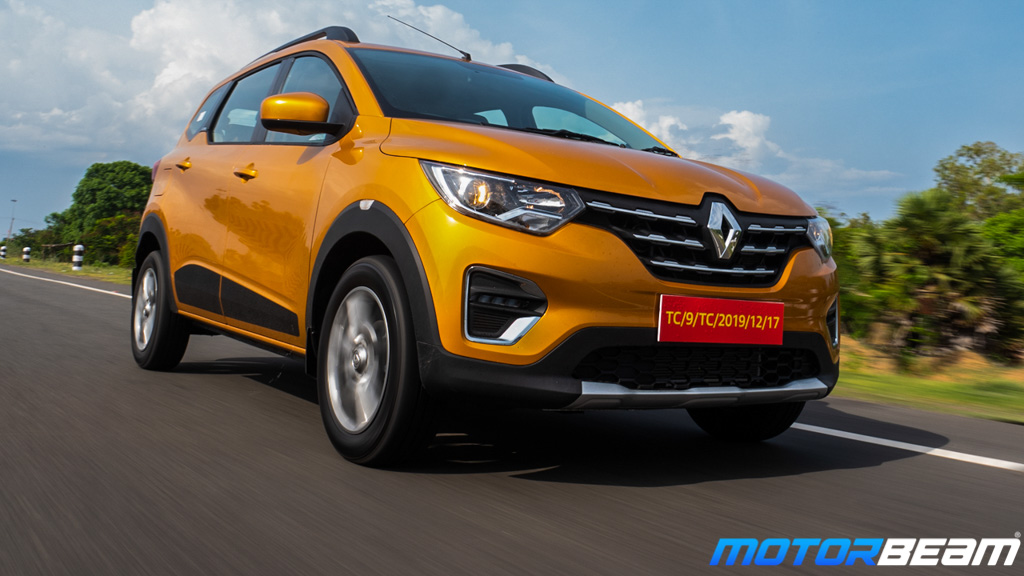The Triber gets a 1.0-litre, 3-cyl petrol engine
Performance – Under the hood is a Kwid derived 3-cylinder, 1.0-litre gasoline engine which also powers the Clio and Sandero in international markets. This engine now gets variable valve timing, improved air intakes and produces 72 PS of power and 96 Nm of twisting force. Mated to this engine is the Kwid’s reworked 5-speed unit which is currently available only in the manual trim. As of now, this engine complies with BS4 emission norms and Renault will update it to BS6 early next year. The AMT version too, will be coming at the same time.
NVH levels are decent along with good drivability
The tweaked 1.0-litre petrol motor has a strong mid-range and also manages to deliver outstanding fuel-economy
Drivability is good as more than 90% of the torque is available below 2000 RPM. The lower end is average but the engine comes alive in the mid-range and the high-end of the rev band. The clutch is light and in spite of being a 3-cylinder engine, vibrations are in control but this engine does get noisy near the redline. Although Renault has insulated the cabin, the engine bay is compact and since you are closer to the engine, the noise does manage to creep in, although only at higher revs.
Light clutch with smooth gearbox make daily driving effortless
Gear ratios are suited for both city and highway driving. The Triber hits 40 km/hr in the first gear, 68 km/hr in the second and goes above 100 km/hr in the third. Gearshifts seemed a bit notchy but we were driving brand new cars and we would expect it to settle down as the car is run-in. In gear acceleration is average and even with seven people on board, the performance is acceptable. Since most buyers in this segment prefer better fuel efficiency over performance, Renault has tuned the engine on the efficiency side. One can expect the Triber to return 15-16 km/l in the routine driving cycle.




